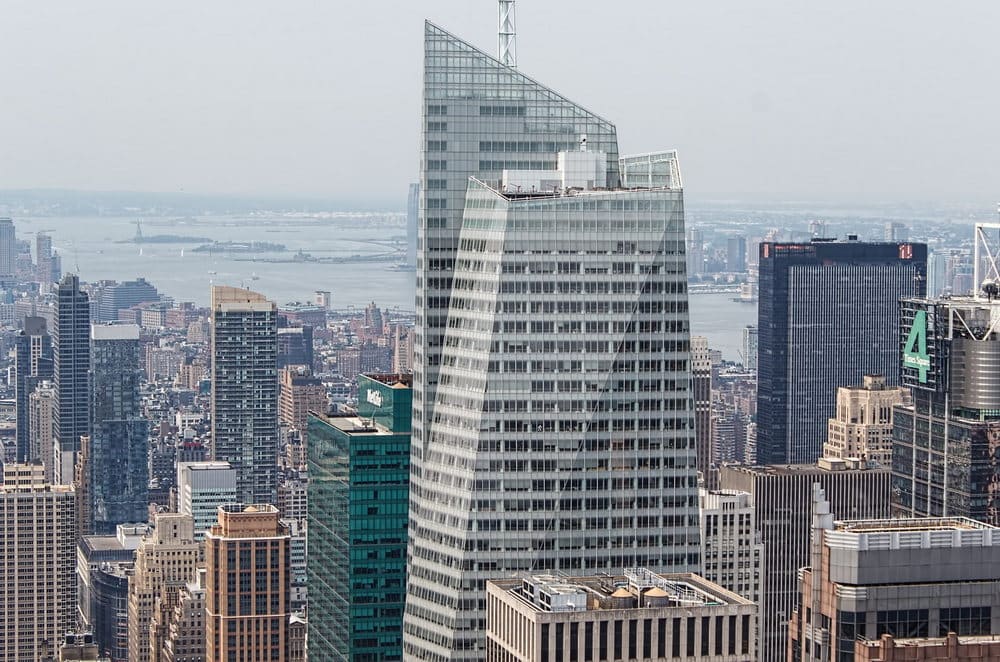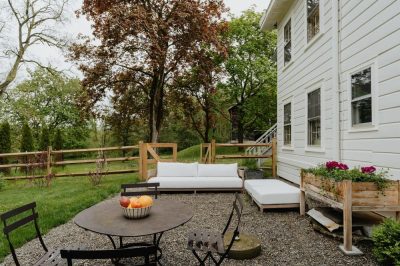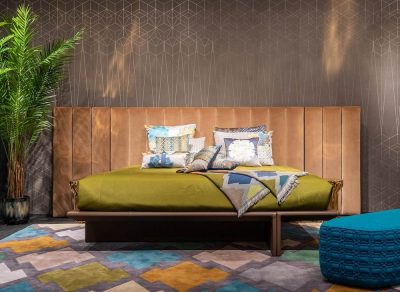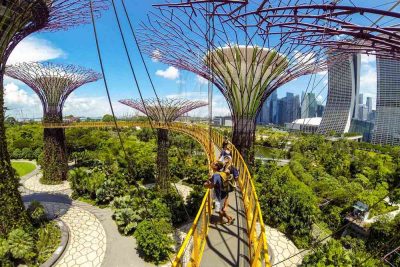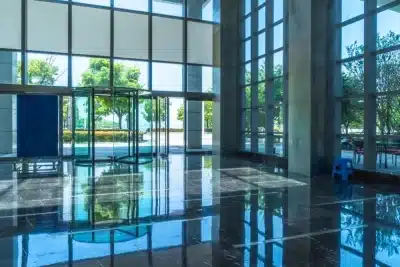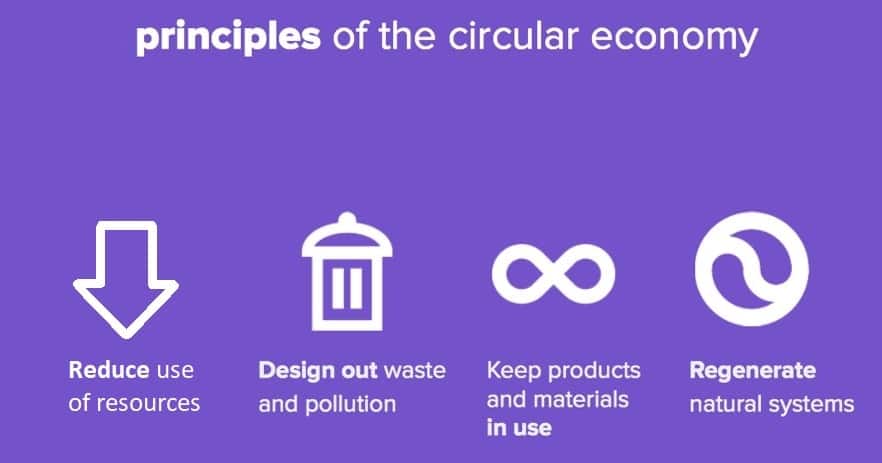
Today, architecture design is moving in the direction of sustainability. The future of architecture goes hand-in-hand with the circular economy principles, including incorporating renewable resources and reusing in addition to recycling materials.
Yet, what is sustainable design in architecture and buildings? Below, we will answer that question and detail the top six factors behind sustainable architecture. Read on to learn about sustainable design and how it relates to the circular economy philosophy.
What Is Sustainable Architecture?
The most basic definition of sustainability involves meeting the needs of the current generation without hurting the capability of future generations to meet their needs.
When using sustainability in the realm of architecture, designers and architects must develop healthy living environments and reduce negative environmental effects. It also focuses on cutting energy consumption in living spaces.
Another term for sustainable architecture is green architecture, which is meant to decrease harm to the environment and the local community.
For instance, when building homes, architects consider the lumber they use and how many trees they’re willing to cut down for the buildings. The best option may include replanting the forest and finding ways to reduce the amount of lumber needed.
The Top Sustainable Design Factors in Architecture
The best six sustainable design factors in the architecture field include:
● Renewable energy systems
● Utilizing green building materials
● Stormwater management design
● Native or local landscaping choices
● Active sustainable design
● Passive sustainable design
Renewable Energy Systems
When building new homes, stores, and other commercial properties, sustainable-focused architects implement solar and wind energy systems. Adding these renewable energy systems to a building truly aligns with sustainability and provides an environmentally-friendly solution.
Often, renewable energy systems align with passive sustainable design, which we cover in more detail below.
Green Building Materials
Architects, contractors, and home builders who focus on sustainable architecture tend to purchase building materials from environmentally-friendly companies. That means choosing businesses that use environmentally-responsible manufacturing practices and recycled materials.
As such, these architects choose their lumber, steel, concrete, and other finishing materials from environmentally-conscious companies.
Stormwater Management Design
When rain falls onto a field, some water evaporates while the ground absorbs the rest. That’s part of the standard cycle of rainfall in nature. When looking at the rainfall cycle in a city, things look significantly different. The buildings, parking lots, roadways, and sidewalks change the behavior of rainwater.
The rain moves off these surfaces and ends up in storm drains. However, when using sustainability processes in building design, stormwater management strategies can reduce the negative environmental impact. It can fix the rainwater cycle changes in a city or town.
Stormwater management involves producing pavement that reduces runoff and building retention ponds to capture runoff. The rainwater is then released into the earth. The buildings with stormwater management design also provide a more environmentally-friendly approach to the rainwater cycle.
Native or Local Landscaping
Another sustainable factor in architectural design includes using native or local landscaping features. That entails using trees, bushes, and flowers native to the region. With local flora and grasses, architects can reduce irrigation needs.
Along with passive sustainability design, native landscaping plays an important role in environmentally-friendly building water consumption. Further, the best landscaping ideas involve planting trees in front of windows and near the roof. These trees provide shade for the building, which would reduce the amount of solar heat inside the property.
That reduction on hot days can make a big impact on lowering the need for air conditioning (AC) in the building. Greater AC and electricity use, on the other hand, harms the environment. Landscaping can help provide environmentally-friendly sustainable design.
Active Sustainable Design
An active sustainable design involves architects working with other experts to reduce their carbon footprint. In particular, architects seek advice from electrical and mechanical engineers. They work together to adopt highly efficient plumbing, electrical, HVAC, and renewable systems.
Active sustainable design strategies involve implementing efficient heat pumps, heat recovery ventilators, radiant heating, and electrical lighting. Essentially, the active sustainable design focuses on heating and cooling systems along with the electrical system. Passive sustainable design is a different procedure, which we will define below.
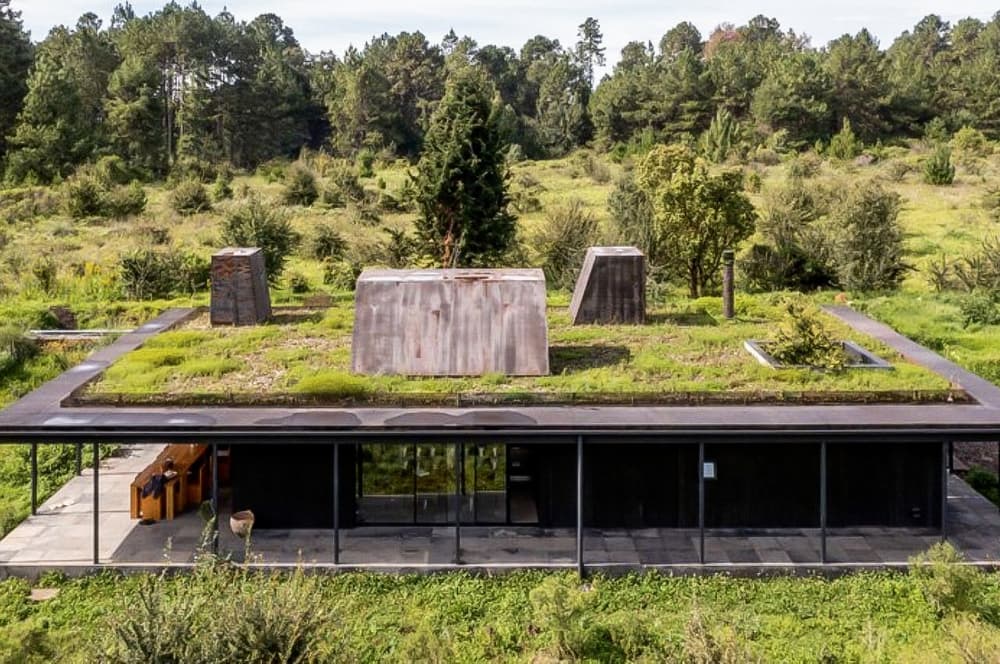
Passive Sustainable Design
Passive sustainable design focuses on natural energy sources like sun orientation along with other climate elements and window placement. Passive sustainable design strategies will also help manage daylight and natural ventilation in a building.
Architects can utilize thermal mass practices to harness solar energy in specific climates. For instance, architects may use passive sustainable design when building structures with thick walls. These thick walls absorb the sun’s rays and heat during the day. Then, the walls release the heat into the structure at night.
The passive design also involves air sealing and continual insulation to improve the ventilation systems.
Buildings Showcasing Sustainability
Numerous buildings worldwide use sustainability features in their design today. For example, the Bank of America Tower in New York City has floor-to-ceiling window glazing to trap heat and improve natural daylight. The tower also accumulates rain and reuses the rainwater throughout the building.
The Shanghai Tower is another example of sustainable architecture, as it includes a double-glass façade. The building also uses wind-driven generators to power its exterior lighting. The Shanghai Tower implements features that will reduce its carbon footprint.
The Bahrain World Trade Center also has sustainability features like its bridges with wind turbines. Therefore, the building uses environmentally-friendly energy sources to generate energy.
The One Central Park building in Sydney, Australia is a very eco-friendly structure with sustainable design features. It implements landscaping with 35 different species of plants decorating the building. The structure provides energy-saving shade, traps carbon dioxide, and releases oxygen.
These are only a few examples of sustainable buildings and the future of architecture is likely to hold many more.
The Final Word
Sustainable building principles align with the circular economy of cutting waste and focusing on renewable resources. Furthermore, native landscaping, green building materials, and stormwater management play key roles in sustainable design.
Over time, more architects are likely to rely on sustainable building features. A healthy and eco-friendly living environment is the wave of the future.
